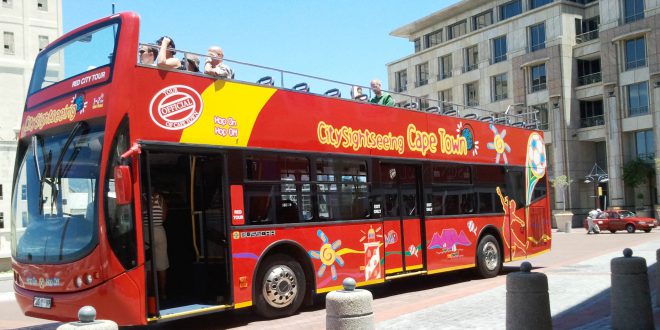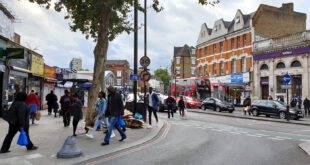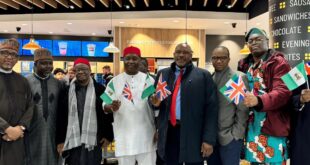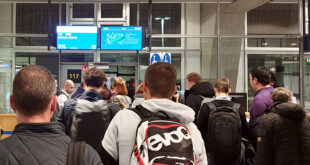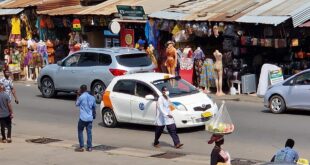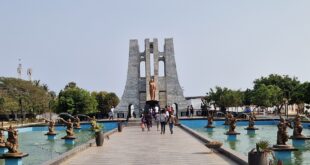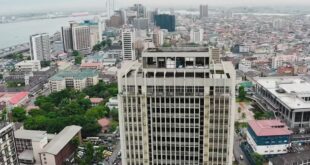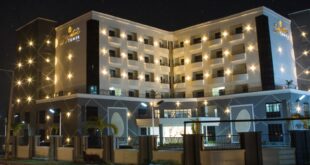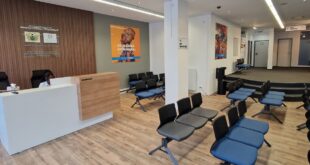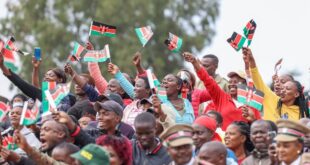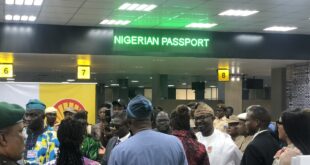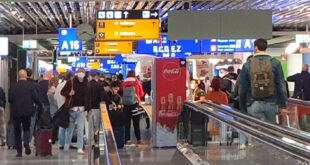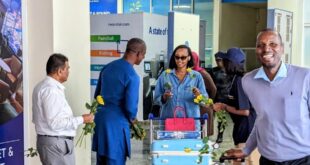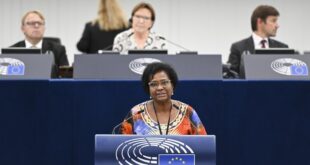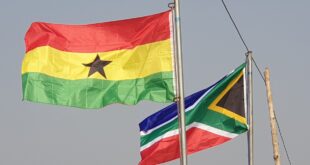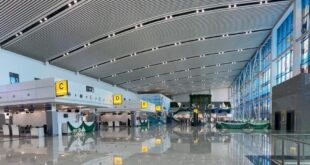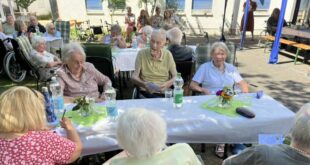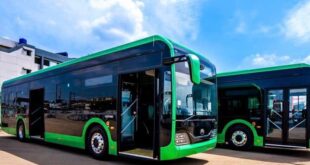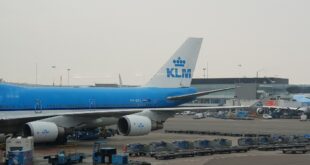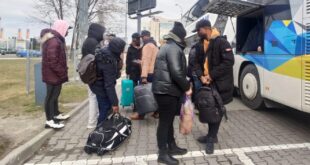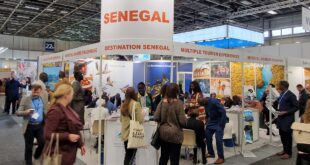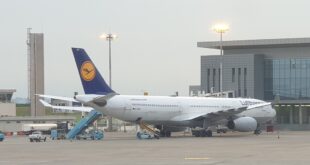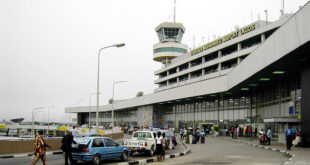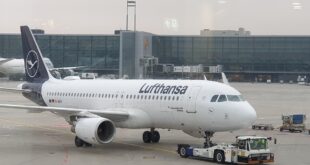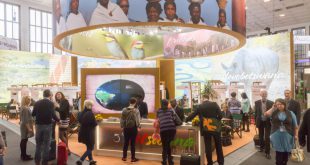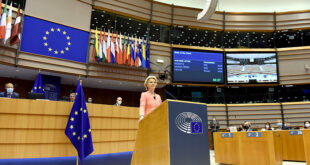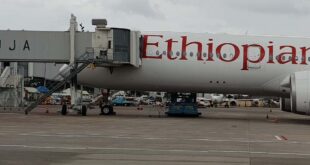Cape Town’s hypermodern airport welcomes visitors with its shiny and squeaky clean appearance. Everything is well-organised and immigration formalities swiftly and efficiently dealt with. And yet something seems to be missing and soon it becomes obvious: there are hardly any Black Africans. This jars with the idea of an African country.
The drive to the city deepens the impression of being somewhere in Europe: there is an excellent network of motorways, most cars are of recent manufacture, a skyline reminiscent of Frankfurt towers, and trim and comely-looking neighbourhoods stretch to both sides of the motor way. And this is Africa? There is nothing to stir amazement, everything is oddly familiar. Even the people in the streets are mainly White. The first fleeting impression is that of a German city.
The Cape Town Waterfront, a bustling attraction for millions of tourists with its shops selling African art, arts & crafts and fashion, also boasts huge US-style shopping malls that glitter and sparkle and there is music on every corner. The professionalism of these buskers is stunning and the sound ranges from trumpet play to jazz and Marimba percussion to the typical South African choirs whose intricate several-part harmonies vibrate in the air. At the amphitheatre there are concerts every night. In Europe the ticket prices for shows such as these would be very steep indeed.
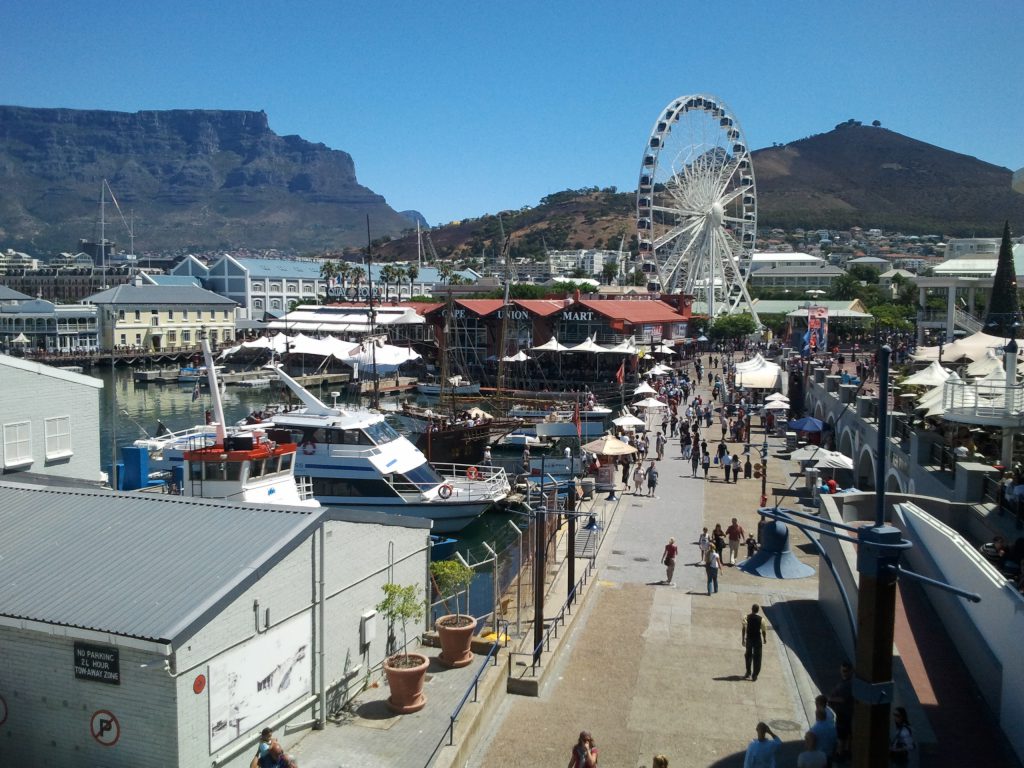
The city centre adds to the feel-good atmosphere with its well-preserved buildings dating back to the founding period and the contrasting modern steel and glass buildings, the immense variety of African products on offer and the parks with their lush vegetation.
The Table Mountain, looming majestically and most of the time with its picturesque “table cloth” lay, can be seen from almost anywhere in the city. In addition, the city offers an endless range of places to go. It is a city of dreams, to quote Tucholsky, the sea in front, mountains at the back and the good life in between.
And yet one cannot help but wonder at the reality of this “rainbow nation”. Mixed couples still attract a great deal of attention and 22 years after the end of Apartheid the different population groups remain apart.
Twenty-two years on, the first post-Apartheid generation has grown up. This is a generation still burdened with their parents’ emotional traumata, a generation without the benefits of an education reserved for a White minority yet on whose shoulders the future of the country rests.
The level of sensitivity required for these young adults to tackle their lives and the interaction with their peers or other races is high. But their White compatriots are equally challenged and need to approach their Black fellow citizens and to communicate for the sake of building a future for this new country. It will take time to bridge the divide that separates Blacks and Whites. It is this generation’s and the coming generation’s task to sow the seeds for a functional and successful rainbow nation.

So far, Whites dominate the cityscape as well as the business world. It will require an enormous effort and a great deal of tolerance on both sides to pave the way for the Black population to succeed in the professional world.
The government has made substantial progress towards this goal. Education is a main focus and schools have received ample funds. Yet it is still difficult for Black students to gain entry into universities.
Given an unemployment rate of 25 per cent overall and 30 per cent among the Black population, the government is faced with a tough challenge and the only solution lies in economic growth and job creation. Investors from abroad need to be encouraged and domestic demand sustained. There must be a way that this huge country (in terms of area), with its wonderful climate and vast resources, can offer all of its inhabitants the chance to live a good life.
Wouldn’t it make sense to nationalise the country’s resources rather than to leave them in private ownership? Do not all of these riches belong to the people who should all have a share in the generated income? These thoughts highlight the fragility of this young democracy and at the same time heighten respect for the achievements of this society.
Whoever you speak with, people of all colours and backgrounds are fully aware of this fragility and the balancing act that their society has to perform.
The townships reflect the government’s efforts at social improvement; the shanty towns have been replaced by newly constructed neighbourhoods and the aim is to create better living conditions for all.
And so an image of the state of South Africa emerges, a state that makes a huge effort to heal the injuries of the past and create an inclusive society in which everyone can live equally well.
I wish this land and its people the very best for a peaceful and successful future.
Christine List
 THE AFRICAN COURIER. Reporting Africa and its Diaspora! The African Courier is an international magazine published in Germany to report on Africa and the Diaspora African experience. The first issue of the bimonthly magazine appeared on the newsstands on 15 February 1998. The African Courier is a communication forum for European-African political, economic and cultural exchanges, and a voice for Africa in Europe.
THE AFRICAN COURIER. Reporting Africa and its Diaspora! The African Courier is an international magazine published in Germany to report on Africa and the Diaspora African experience. The first issue of the bimonthly magazine appeared on the newsstands on 15 February 1998. The African Courier is a communication forum for European-African political, economic and cultural exchanges, and a voice for Africa in Europe.

